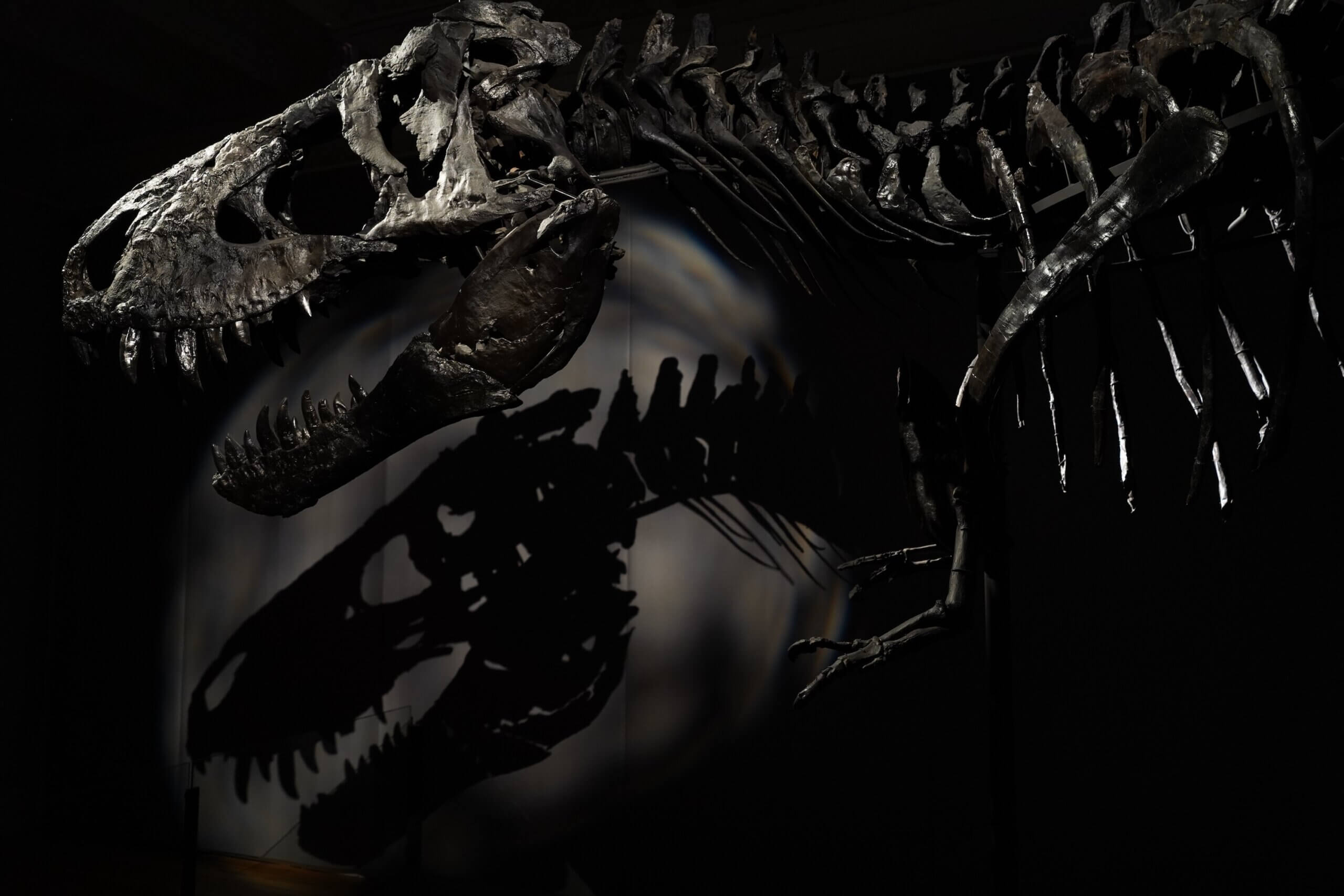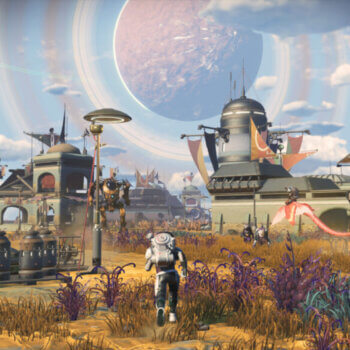Key Takeaway:
A new study published in Science Advances has found that the cost of having a larger brain is not just due to size, but also the way our brains are laid out. The study, led by Valentin Riedl of the Technical University of Munich, Germany, found that the metabolic costs of our brains increased as they became larger, and at an accelerating rate as the neocortex expanded faster than the rest of the brain. This suggests that the human brain evolved to such advanced levels of cognition not just because we have large brains, nor because certain areas of our brain grew disproportionately big, but because at a cost, the connectivity improved. The results help understand why larger brains are so rare, but it is not just about scaling up brains and energy at the same rate but taking on additional costs.
It’s one of the great paradoxes of evolution. Humans have demonstrated that having large brains are key to our evolutionary success, and yet such brains are extremely rare in other animals. Most get by on tiny brains, and don’t seem to miss the extra brain cells (neurons).
Why? The answer that most biologists have settled on is that large brains are costly in terms of the energy they require to run. And, given the way natural selection works, the benefits simply don’t exceed the costs.
But is it just a matter of size? Does the way our brains are laid out also affect their costs? A new study, published in Science Advances, has produced some intriguing answers.
All our organs have running costs, but some are cheap and others expensive. Bones, for example, are relatively cheap. Although they make up around 15% of your weight, they only use 5% of your metabolism. Brains are at the other end of the spectrum, and at about 2% of typical human body weight, running them uses around 20% of our metabolism. And this without doing any conscious thinking – it even happens when we’re asleep.
For most animals, the benefits of serious thinking are simply not worth it. But for some reason – the greatest puzzle in human evolution, perhaps – humans found ways to overcome the costs of having a larger brain and reap the benefits.
All this is fairly well known, but there is a more tantalising question. Certainly humans have to bear the greater costs of our brains because they are so large, but are there different costs because of the special nature of our cognition? Does thinking, speaking, being self-conscious or doing sums cost more than typical day-to-day animal activities?
It’s not an easy question to answer, but the team behind the new study, led by Valentin Riedl of the Technical University of Munich, Germany, have risen to the challenge.
The authors had a number of known points to start with. The basic design and structure of neurons is much the same across the brain – and across species. The neuronal density is also the same for humans and other primates, so these are unlikely to be the driver of intelligence. If they were, some animals with large brains such as orcas and elephants would likely be smarter than humans.

They also knew that across human evolution, the neocortex – the largest part of the outermost layer of the brain, known as cerebral cortex – has expanded at a greater rate than other parts. This region, which involves the prefrontal cortex, is responsible for tasks involving attention, thought, planning, perception and episodic memory – all needed for higher cognitive function.
These two observations led them to investigate whether there are different costs of signalling across different regions of the brain.
The team scanned the brains of 30 people using a technique that could simultaneously measure glucose metabolism (a measure of energy consumption) and the level of signalling across the cortex. They could then look at the correlation between these two elements and see whether different parts of the brain used different levels of energy – and if so how.
Surprising findings
Neurobiologists will surely ponder and explore the fine details of the results, but from an evolutionary point of view, they are thought-provoking. What they found is that the difference in energy consumption between different areas of the brain is big. Not all bits of the brain are equal, energetically speaking.
Not only that, but the parts of the human brain that have expanded most had higher costs than expected. The neocortex in fact demanded around 67% more energy than sensorimotor networks per gram of tissue.
This means that during the course of human evolution, not only did the metabolic costs of our brains go up as they became larger, but they did so at an accelerating rate as the neocortex expanded faster than the rest of the brain.
Why should that be the case? A neuron is a neuron, after all. The neocortex relates directly to higher cognitive function.
The signals sent across this area are mediated through brain chemicals such as serotonin, dopamine and noradrenaline (neuromodulators), which create circuits in the brain to help maintain a general level of excitement (in a neurological sense of the word meaning being awake, not having fun). These circuits, which regulate some brain areas more than others, control and modify the ability of neurons across the brain to communicate with each other.
In other words, they keep the brain active for memory storage and thinking – a generally higher level of cognitive activity. Not surprisingly, perhaps, the higher level of activity involved in our advanced cognition comes at a higher energetic cost.
Ultimately then, it seems the human brain evolved to such advanced levels of cognition not just because we have large brains, nor even just because certain areas of our brain grew disproportionately big, but because – at a cost – the connectivity improved.
Many animals with large brains, such as elephants and orcas, are highly intelligent. But it seems it is possible to have a large brain without developing the “right” circuitry for human-level cognition.
The results help us understand why larger brains are so rare. A larger brain can enable more complex cognition to evolve. It is not just a matter of scaling up brains and energy at the same rate though, but taking on additional costs.
This doesn’t really answer the ultimate question – how did humans manage to break through the brain-energy ceiling? As so often in evolution, the answer must lie in ecology, the ultimate source of energy. To grow and maintain a large brain – whatever social, cultural, technological or other things it is used for – requires a dependable and high quality diet.
To learn more, we need to explore the last million years, the period when our ancestors’ brains really expanded, to investigate this interface between energy expenditure and cognition.





























